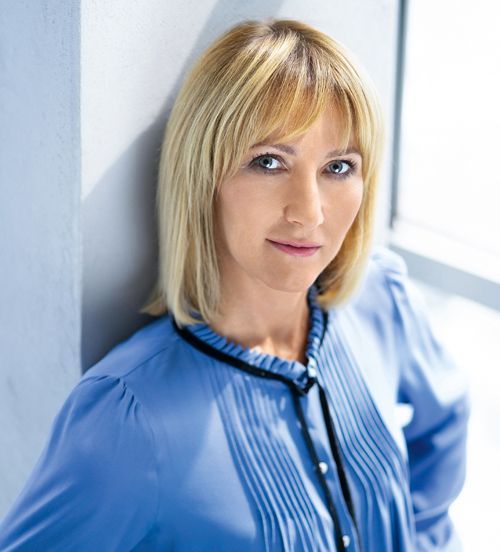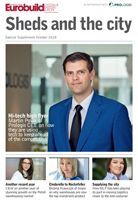Tomasz Cudowski, ‘Eurobuild CEE’: What kind of mood did Segro finish the first half of the year in?
Bożena Krawczyk, investment director for Central Europe, Segro: Our mood was in line with the sentiment on the market. The past half-year was record-breaking in the warehouse sector in Poland – according to JLL’s data, the space leased exceeded 2 mln sqm, which is the best figure in history, while almost 2.3 mln sqm of new development projects are under construction. Segro registered excellent financial, operational and portfolio-related results in the first six months, for the entire group and in Poland.
In 2018 you carried out development projects and purchased a warehouse park in Warsaw. Does Segro now plan to grow organically or through acquisitions?
In both ways and we have seen successes in both fields in the past. One of our recently completed projects is a facility fully dedicated for DSV Road comprising over 7,600 sqm of modern office and warehouse sp































































